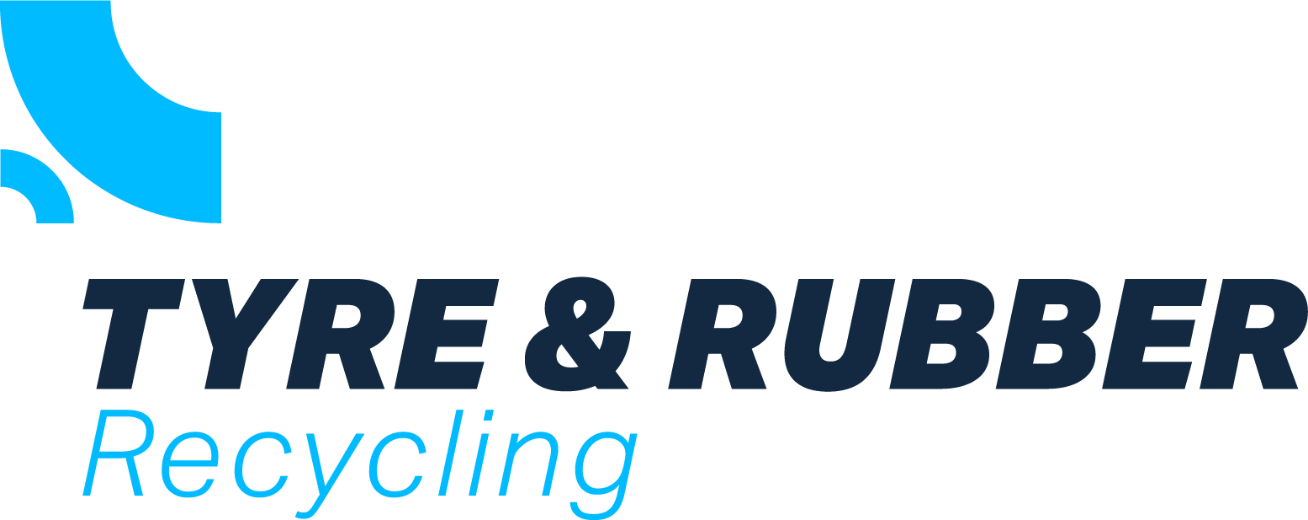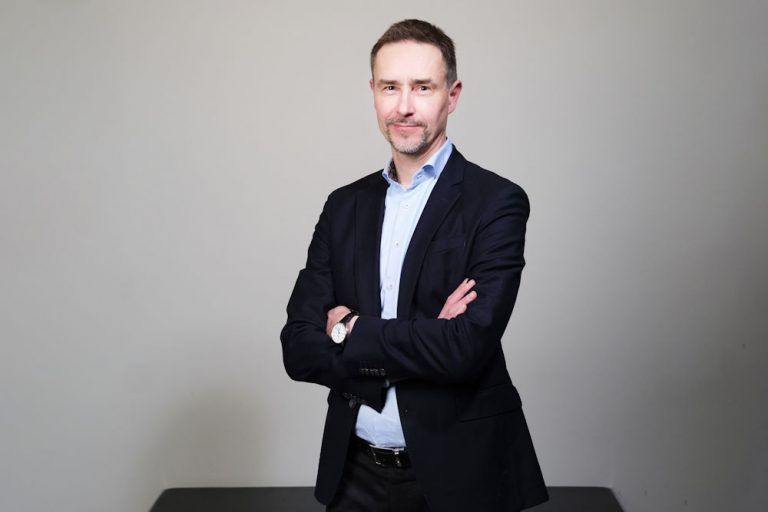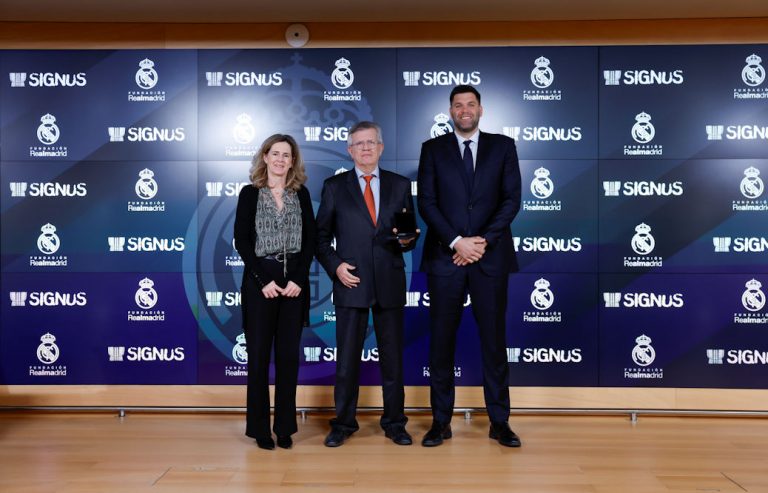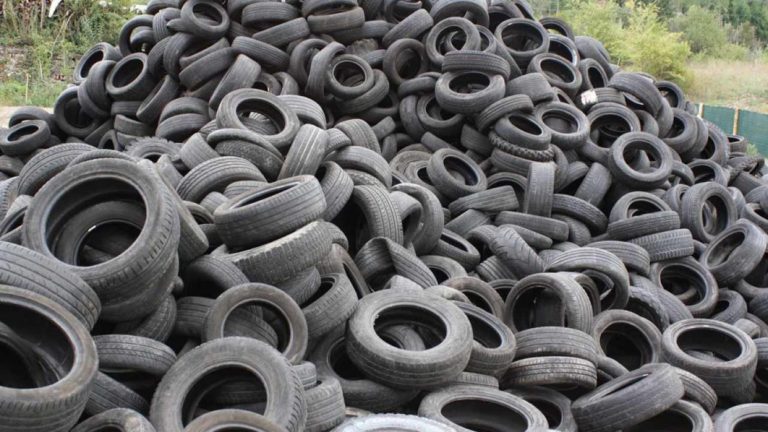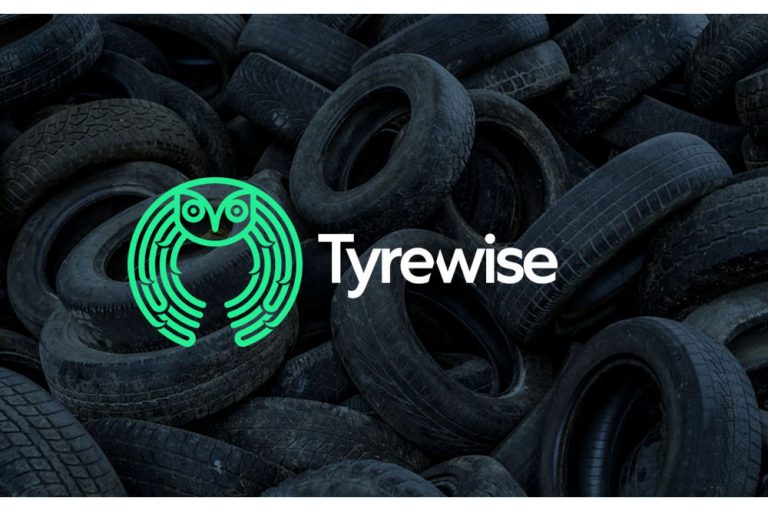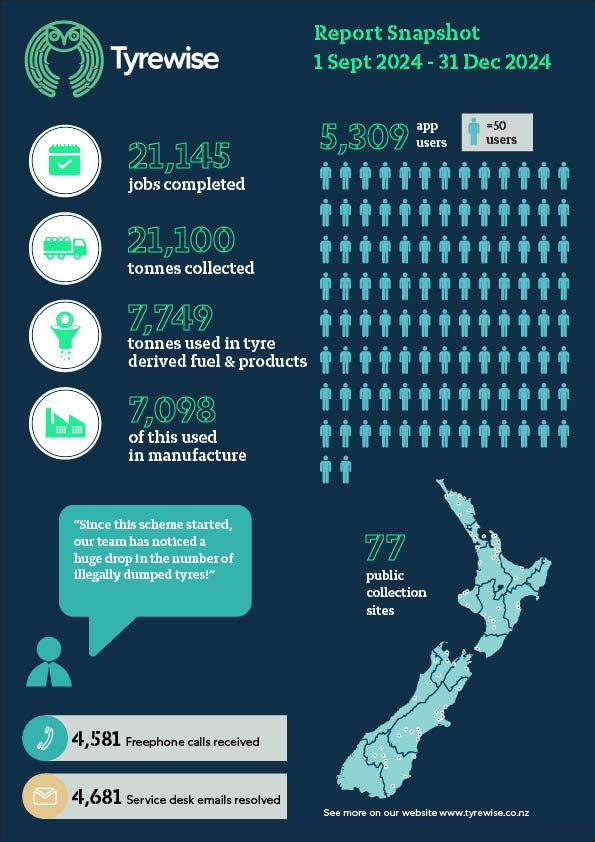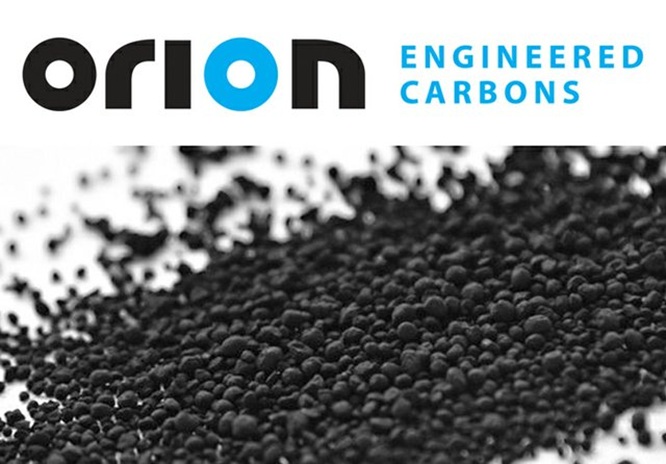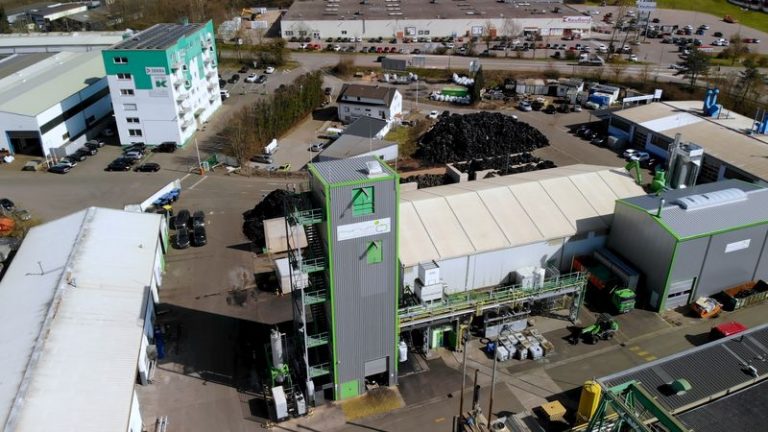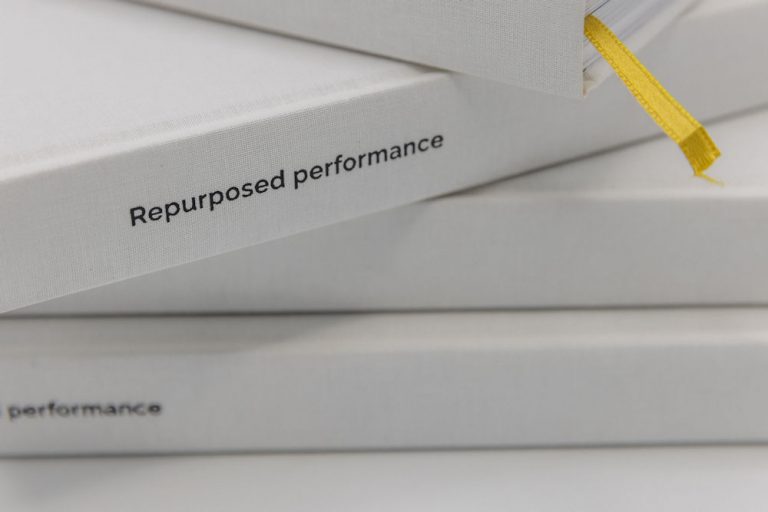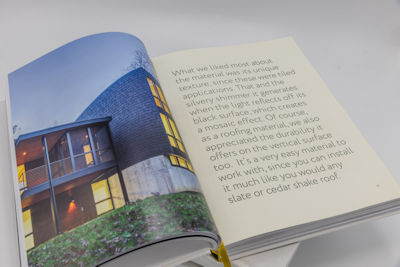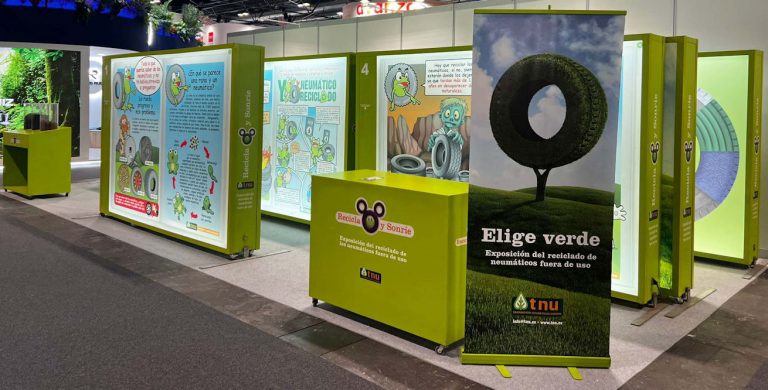Jari Mennala has been appointed as the new CEO of Tana Oy, effective from May 5th
Jari Mennala brings extensive experience in the heavy equipment industry from John Deere. Throughout his career, Mennala has successfully led global retail and dealer sales and marketing, developed product and service portfolios and strategies, and driven various business transformation initiatives across multiple regions worldwide. Most recently, Mennala served as Director of Worldwide Forestry Sales & Marketing and Managing Director of John Deere Forestry Oy.
“Tana is a leading provider of equipment solutions and services for the recycling industry, and I am honored and excited to join the company at this significant phase of development,” says Mennala. With a pragmatic and customer-centric approach, he will ensure that the company continues to focus on creating value for Tana customers and delivering exceptional service at every touchpoint.
“Mennala is a results-driven leader with an impressive track record in global sales and successfully executing strategic initiatives. His expertise in modernizing and enhancing global sales and service operations will be valuable as Tana accelerates its growth,” says industrial advisor Aaro Cantell, Chairman of Tana Board.
“Tana’s mission, “From Waste to Value”, is very compelling, and I look forward to collaborating with the talented team at Tana, our network partners, and our customers. Together, we will build upon the company’s legacy and strong foundation while driving growth in the solid waste management industry,” Mennala summarises.



